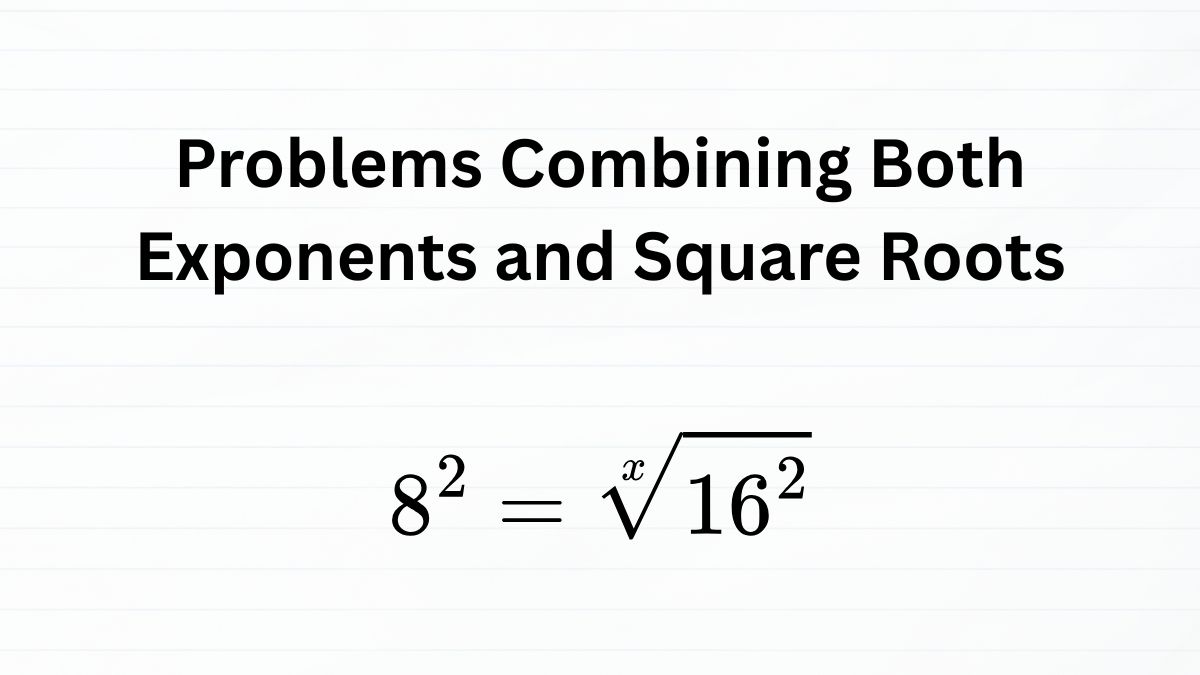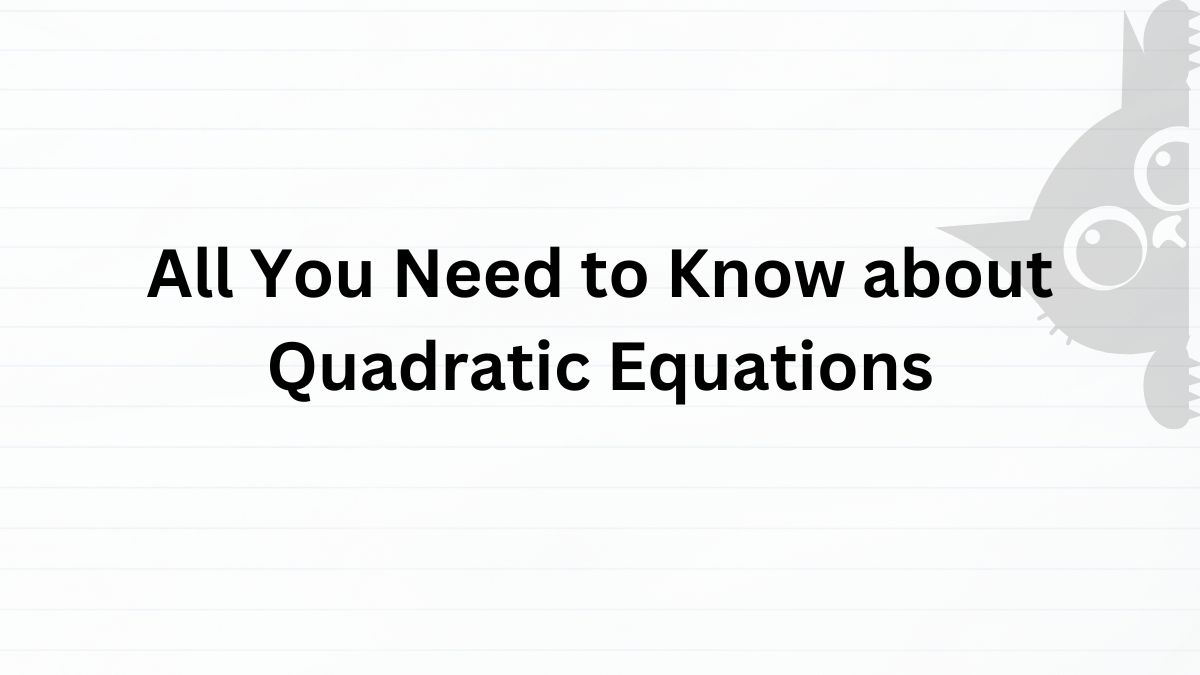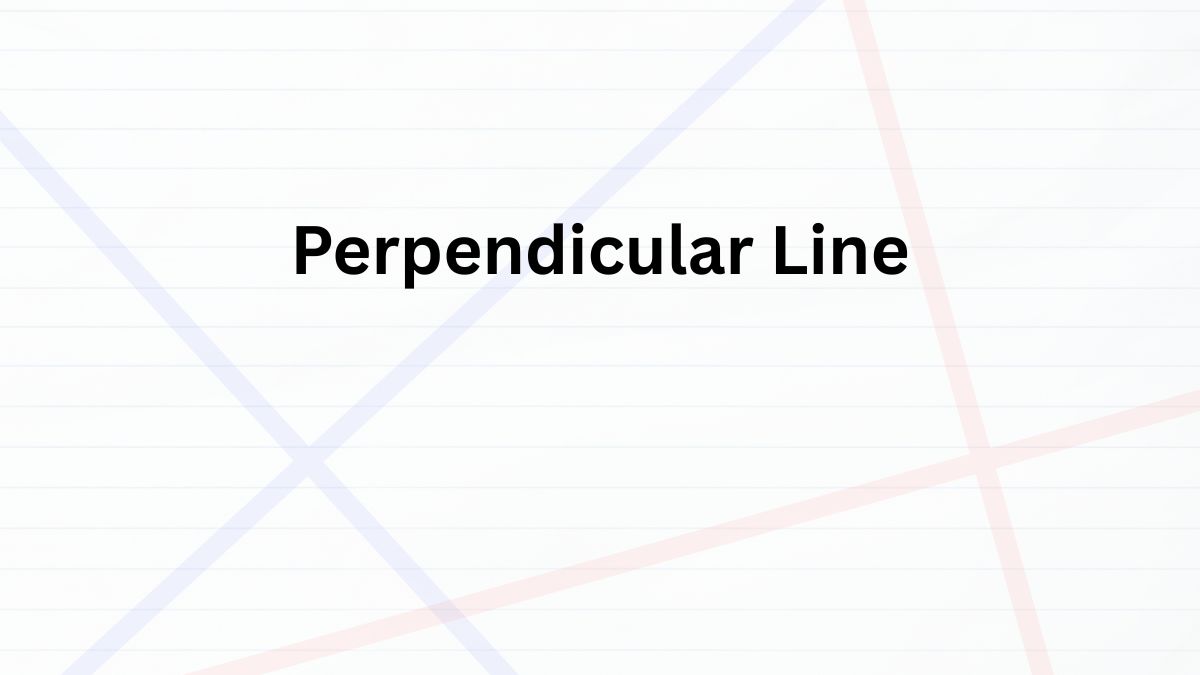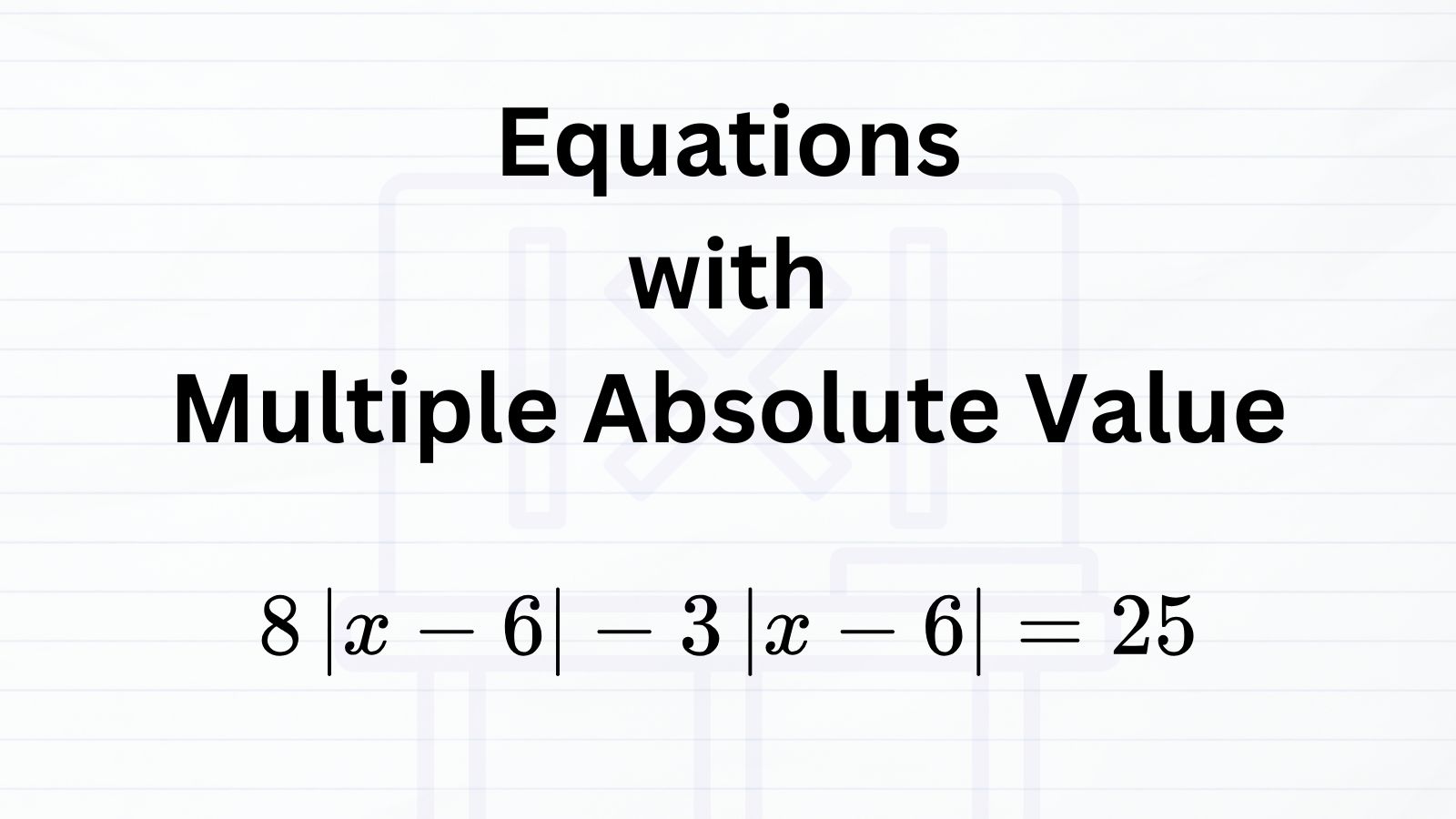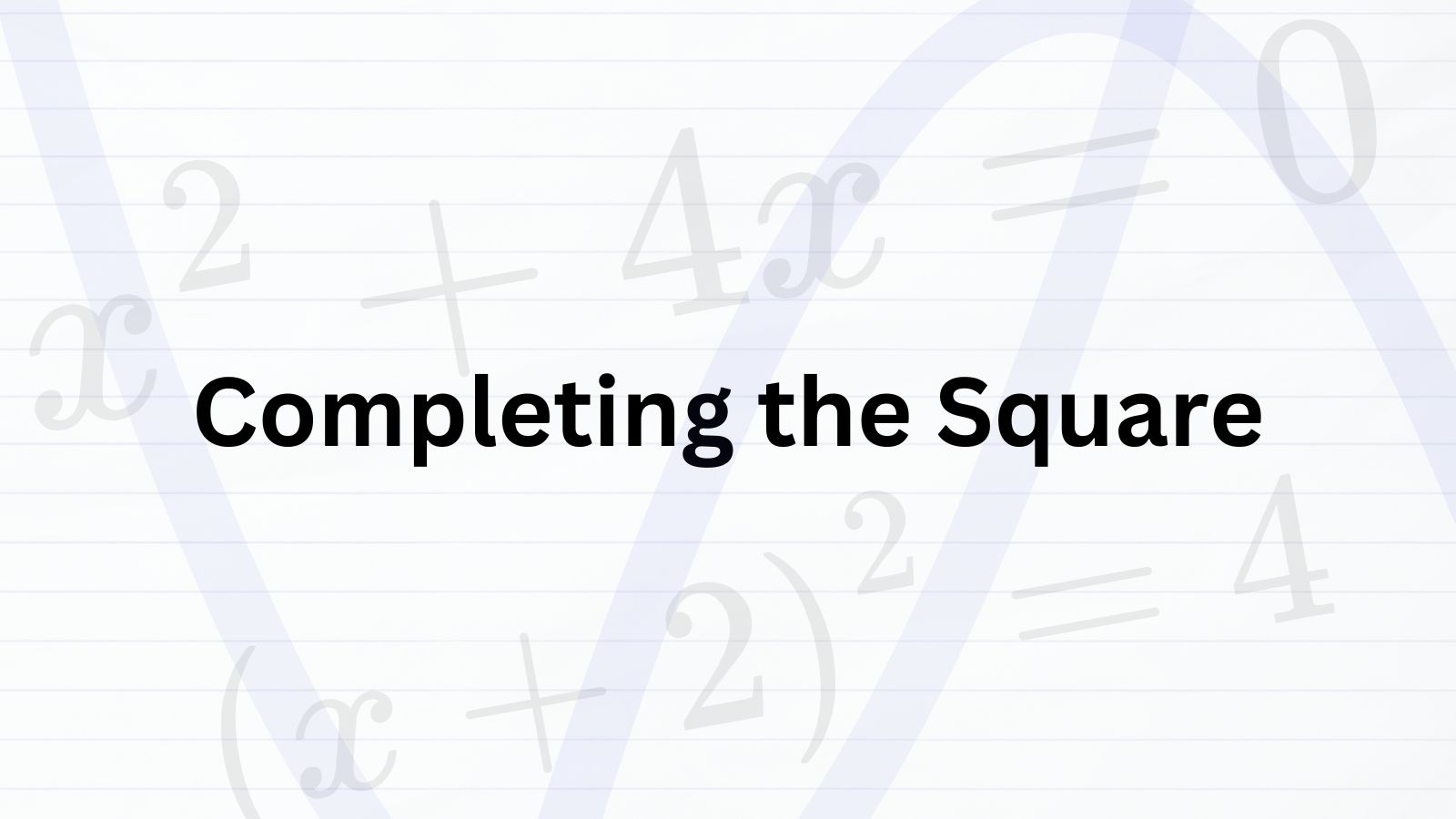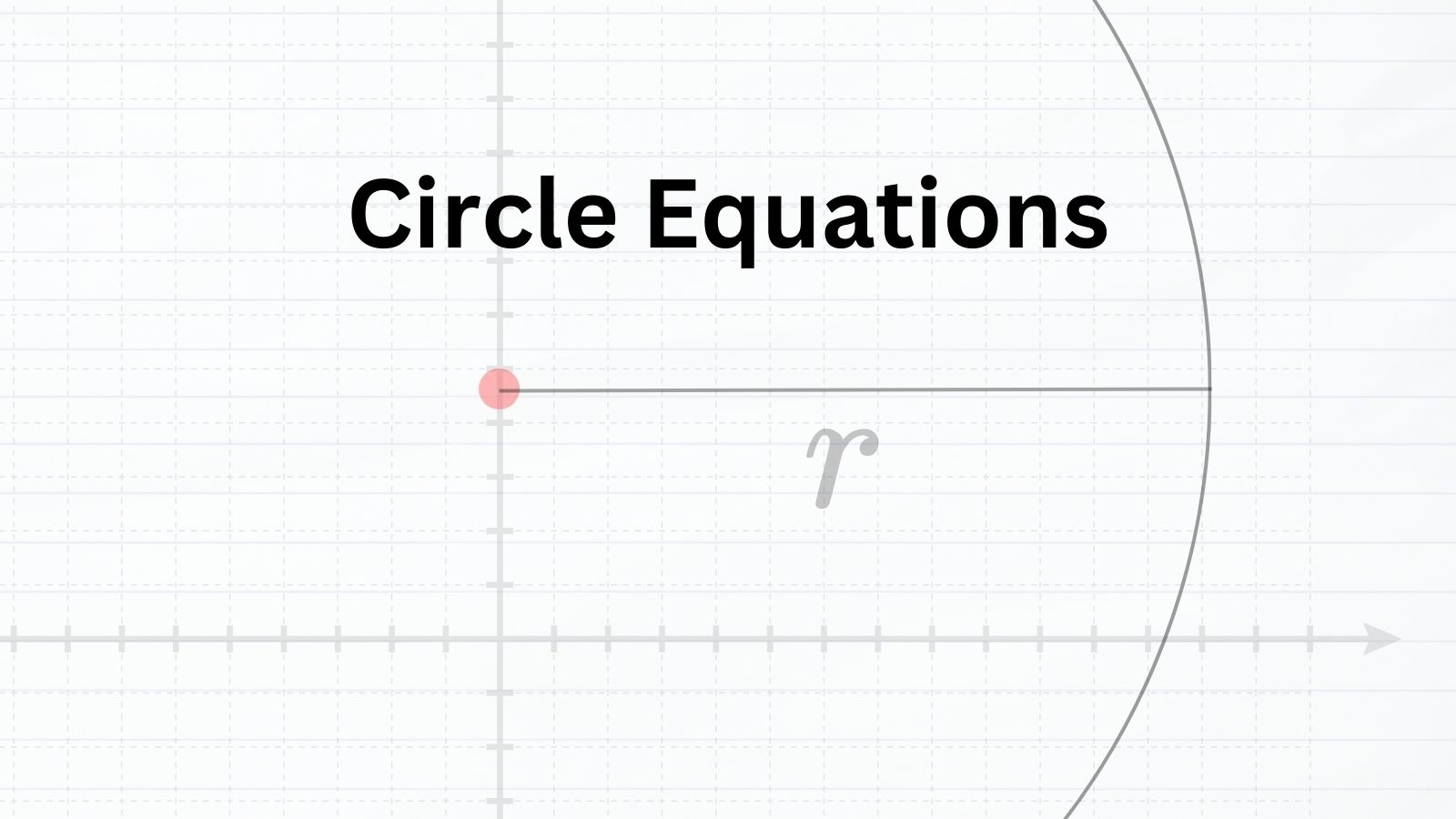
How to Solve Three-Factor Equations on the SAT
Table of Contents
Three-Factor Equations
Three-factor equations (cubic equations) are equations in the form
\((x+a)(x+b)(x+c) = 0\)
On the digital SAT, you may see questions involving three factors, especially in the more difficult Module 2. If you had unlimited time, you could always expand the product and solve in the standard way. But in reality, time is tight. You should aim to solve each problem in about a minute or less.
The good news is that SAT questions with three factors usually follow only a few recognizable patterns. Once you learn these patterns and the right approach for each, these problems often become quick wins rather than time drains.
Before exploring each pattern, let’s outline the main ways the SAT test three-factor equations.
- Graph shifting
- Substituting values from given options
- Finding x- and y-intercepts
Graph Shifting
Some three-factor equation problems on the SAT ask you to shift a graph either horizontally or vertically. This operation is called graph shifting (or graph translation).
Among the patterns of three-factor questions, graph shifting is often the easiest. That’s because the rules for shifting a graph are always the same, no matter how many factors the equation has.
Shifting graphs
For any types of an equation,
- Move right: replace \(x\) with \(x – a\)
- Moving left: replace \(x\) with \(x + a\)
- Moving up: replace \(y\) with \(y – a\)
- Moving down: replace \(y\) with \(y + a\)
Once you apply the correct shift, you can substitute values or simplify as needed to answer the question.
Three Steps to Translate Three-Factor Equations
For a three-factor equation in the form \(y = (x+a)(x+b)(x+c)\),
- Apply the shifting rule.
- Simplify the new equation.
- Carry out any additional operation
Let’s go over the two steps to solve the SAT-like question.
Explanation
We are given the function \(f(x) = (x-2)(x+3)(x+4)\).
The question tells us to shift the graph 1 unit to the right and then 5 units up. Let’s carefully walk through the process.
Three Steps to Complete Translating Three-Factor Equations
For a three-factor equation \(y = (x+a)(x+b)(x+c)\),
- Apply the shifting rule.
- Simplify the new equation.
- Carry out any additional operation
Step 1. Apply graph shifting rule
- Right by 1 unit => replace \(x\) with \(x – 1\).
- Up by 5 units => replace \(y\) by \(y – 5\).
According to the instructions, the new function is \(y = g(x)\). So we can rewrite it as,
\(y – 5 = (x-1-2)(x-1+3)(x-1+4)\)
Step 2. Simplify the new equation
\(y – 5= (x – 3)(x + 2)(x + 3)\)
Add 5 to both sides to isolate \(y\).
\(y = (x – 3)(x + 2)(x + 3) + 5\)
Step 3. Carry out any additional operation
The problem asks for the value of \(g(2)\). This means we substitute \(x = 2\) into the new function.
\(g(2) = (2 – 3)(2 + 2)(2 + 3) + 5 = (-1)(4)(5)+5 = -15\)
Therefore, the value of \(g(2)\) is -15.
Substituting Values From Given Options
If you can’t quickly spot a common factor in a three-factor equation, and expanding everything looks time-consuming, it’s often better to test the given options directly. By plugging in values, you may reach the solution much faster.
For this type of problem, the equation usually equals 0. That’s important: if even one factor becomes 0, the whole product equals 0, since multiplying by 0 wipes out the other terms.
Approach to find solution for three-factor equations
For a three-factor equation in the form \((x+a)(x+b)(x+c) = 0\),
The strategy is simple: check which value of \(x\) makes at least one factor equal to 0. That value is your solution.
Let’s try one such SAT question.
Explanation
The given equation is set equal to 0, and expanding it fully would take extra time. That’s a clear hint that testing the answer choices directly is the fastest approach.
To make the equation equal zero, one of the factors must become 0.
Check the options: when 4, the first factor \((x- 4)\) becomes 0.
\((4 – 4)(4 + 6)(4 – 10) = (0)(10)(-6) = 0\)
So, \(x = 4\) is the solution.
Finding x- And y-Intercepts
Some three-factor equation problems will ask you to find the x- and y-intercepts. Don’t worry. The process is very simple:
x- and y-Intercepts of a three-factor equation
For a three-factor equation \(y = (x+a)(x+b)(x+c)\),
- To find the y-intercept, set \(x = 0\).
- To find the x-intercept, set \(y = 0\).
It sounds simple, but be careful that many students lose points by substituting the wrong value. Double-check which variable you’re replacing before you calculate.
Explanation
To find x-intercepts, we set \(y = 0\).
\(y = -2(x-7)(x+3)(x-1)\)
\(0 = -2(x-7)(x+3)(x-1)\)
Here, the product equals zero if any factor is zero. So we solve each factor:
- \(x – 7 = 0\) => \(x = 7\)
- \(x + 3 = 0\) => \(x = -3\)
- \(x – 1 = 0\) => \(x = 1\)
Therefore, the x-intercepts are \(7\), \(-3\), and \(1\).
Explanation
This time, we need to find the y-intercept of the graph. The y-intercept is the point where the graph crosses the y-axis, which happens when \(x = 0\).
\(y = (x-4)(x+2)(x-5)2\)
Substitute \(x = 0\).
\(y = (-4)(2)(-5)2\)
Simplify the right side.
\(y = 80\)
Therefore, the y-intercept of the given equation is 80.



